In Photoshop, you can build a complex image using layers. Layers are images that are stacked on top of each other like cellophane, with individual elements of the design or illustration existing on individual layers.
Images are stacked in this way so that they can be easily separated into manageable segments. This allows an artist to remove or make changes to various pieces of the work without having to recreate the entire thing. That red squiggle needs to be orange? Great. Select the layer with the squiggle, change the color, and everything else can stay as is. Easy peasy.
The more complex and layered an image, the more segmented it is. That’s great for small changes, but not for big sweeping ones. In order to make holistic changes to the work, the artist has to go in and edit each individual layer.
Hold up. This is a writing blog, right? Why am I talking about Photoshop?
A few weeks ago, at LeakyCon, I had the pleasure of being in the room for a Q&A with Kazu Kibuishi, the writer/artist behind the AMULET graphic novel series and the cover illustrator of the 15th-Anniversary editions of the American Harry Potter books. He is a stellar talent. While showing us several drafts of his cover illustration for CHAMBER OF SECRETS, he mentioned that he had drafted those images in one layer.
I was surprised. The images Kazu showed us didn’t even look like drafts. They were complex, beautiful, detailed paintings – and he had done them all in one layer, with no segmentation. Why? Wouldn’t that slow him down, if he needed to make changes?
In fact, he said it does the opposite. He learned from watching artists Chris Appelhans and Khang Le that when drafting in Photoshop, it’s freeing to do all the initial work in one layer. It allows him to paint with confidence, make decisions faster, and minimize production choices. Because drafting isn’t about making production choices. It’s not about self-censorship. It’s about getting your ideas down authentically, in service of creating a compelling work of art.
Well, I thought about that. I chewed on it for days. Because it’s not just a strategy for working in Photoshop – it’s a philosophy. Draft with confidence. Minimize choices. Don’t make production decisions too early. Save layers for later, when you know more. Just paint.
Or in my case, just write.
When I was newer to writing and not yet thinking about publication, I mostly wrote fan fiction – thousands of pages of it. I wrote it very, very fast. Unless I got really stuck, I didn’t spend time pondering or fussing. I just followed the bird in flight, chasing the idea as fast as I could and giving myself as much enjoyment as possible in the process. I didn’t worry whether that page of witty banter was pure stuffing or whether the kiss I was writing drove the plot enough to be worth keeping. It was fanfic, so I just wrote it to make myself happy, painting words with fast strokes, making the movie in my head come alive in the narrative.
Now I’m writing original fiction, under contract (hooray!), and I find myself slowing down. Thinking ahead. Manipulating the layers before I know what the whole picture looks like. Editing earlier than necessary. This wasn’t true with the first book of the series – I wrote that first draft without knowing what the full editorial process would entail, and without second guessing my choices. With this second book, however, I hovered over myself a little bit as I drafted, questioning things that didn’t need to be questioned yet.
Immediately after Kazu’s Q&A, I sat down for a long chat with my editor, Cheryl Klein, about how to approach the revision of the second book in the series I’m writing. One of her suggestions was that I should concentrate on the romance more. I share this because anyone who knows me or my writing well will find it odd that I’d ever need to be given this note; I have a tendency to dive pretty deep into the romance. I love, love, love to write the romance. If anything, in the past, I’ve needed to pull back on the romance. But because I’ve been drafting with too much of my brain focused on technical maneuvering and not enough of it focused on simply following the flow, I lost my romantic guts, a little, in this recent draft. I pulled back before I’d reached the destination.
So I’ve decided to take Kazu’s Photoshop philosophy and apply it to my revision. One layer. No tinkering. Not yet. In the past week, I’ve blown through almost a hundred pages, including a couple of brand-new scenes that were incredibly fun to write and felt totally self indulgent. And maybe it’ll turn out that they are totally self indulgent and have to be removed. I don’t care. The romance is flowing. The questions are vanishing. The inner editor is on forced hiatus.
I’m not saying that fast is best (speed is a personal thing for authors – we each have our own process, and pace is part of that). Rather, if you ever find yourself getting in your own way and picking at your choices too early, try visualizing your draft as something that’s pouring out in one uncensored layer, and see if it sets you free.
 Megan Morrison is the author of GROUNDED: THE ADVENTURES OF RAPUNZEL, due out summer 2015 from Arthur A. Levine Books/Scholastic. GROUNDED is the first book in the Tyme Series, co-created with Ruth Virkus. You can follow Megan on her blog at makingtyme.blogspot.com or on Twitter at @megtyme. She is represented by Ammi-Joan Paquette.
Megan Morrison is the author of GROUNDED: THE ADVENTURES OF RAPUNZEL, due out summer 2015 from Arthur A. Levine Books/Scholastic. GROUNDED is the first book in the Tyme Series, co-created with Ruth Virkus. You can follow Megan on her blog at makingtyme.blogspot.com or on Twitter at @megtyme. She is represented by Ammi-Joan Paquette.







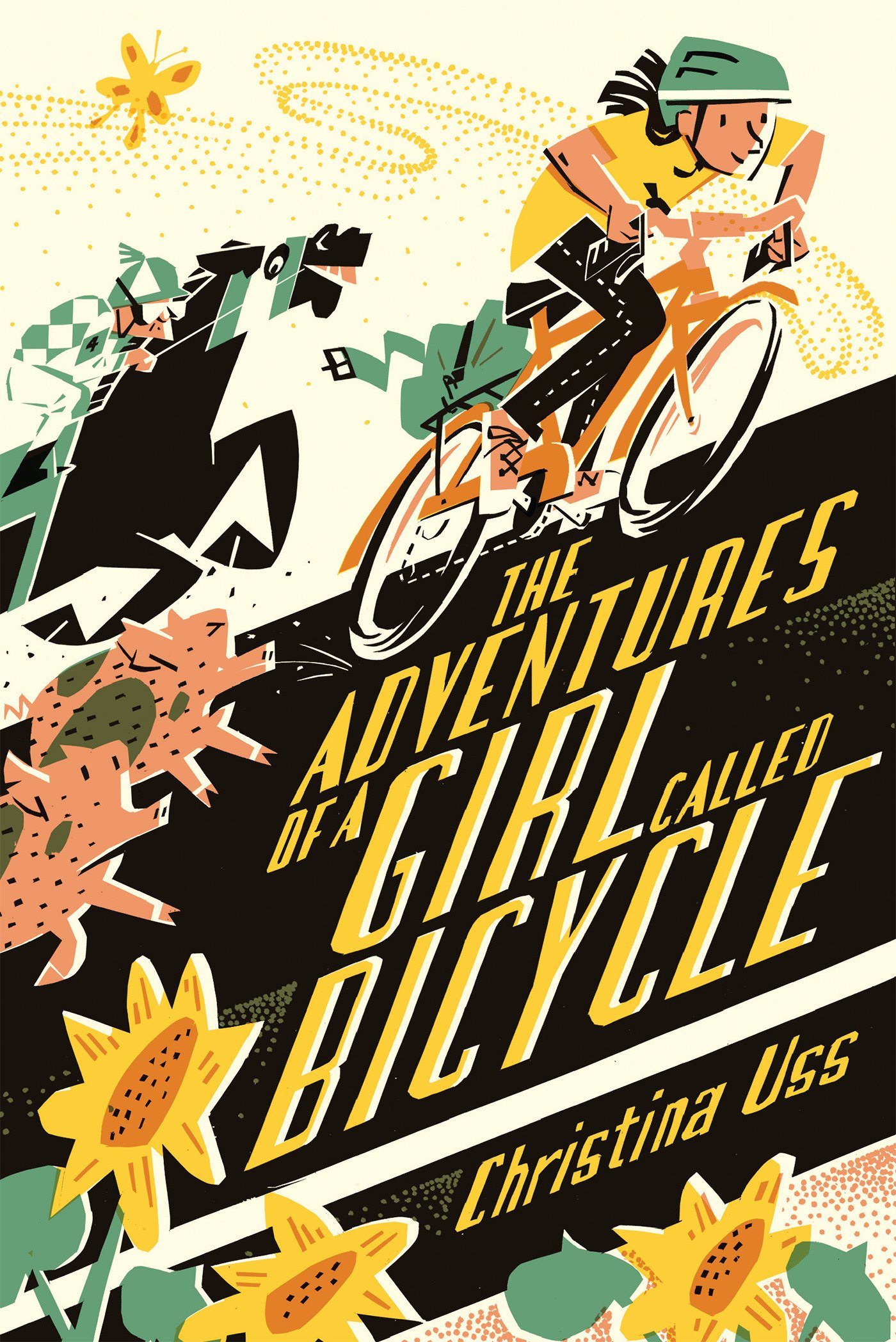







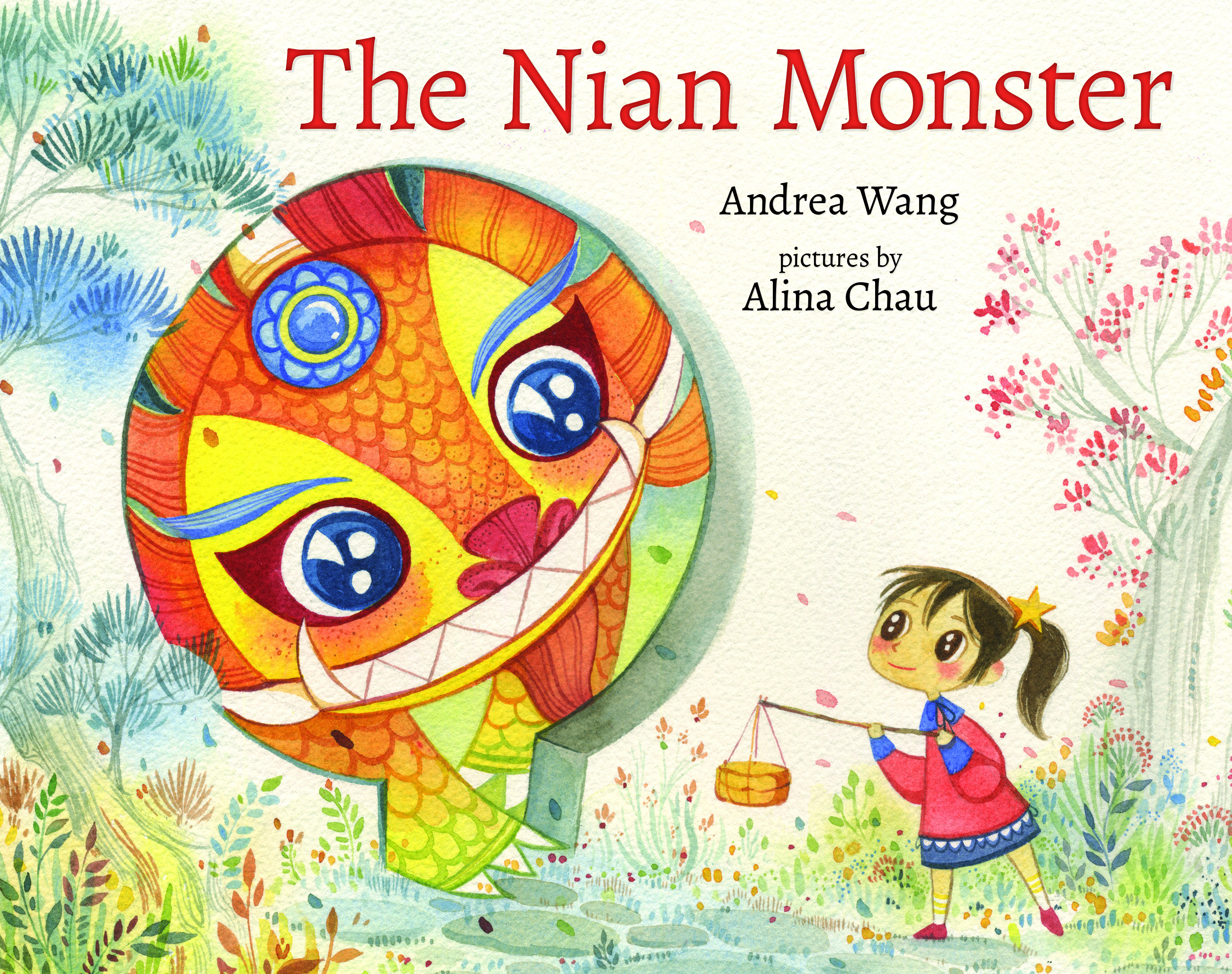
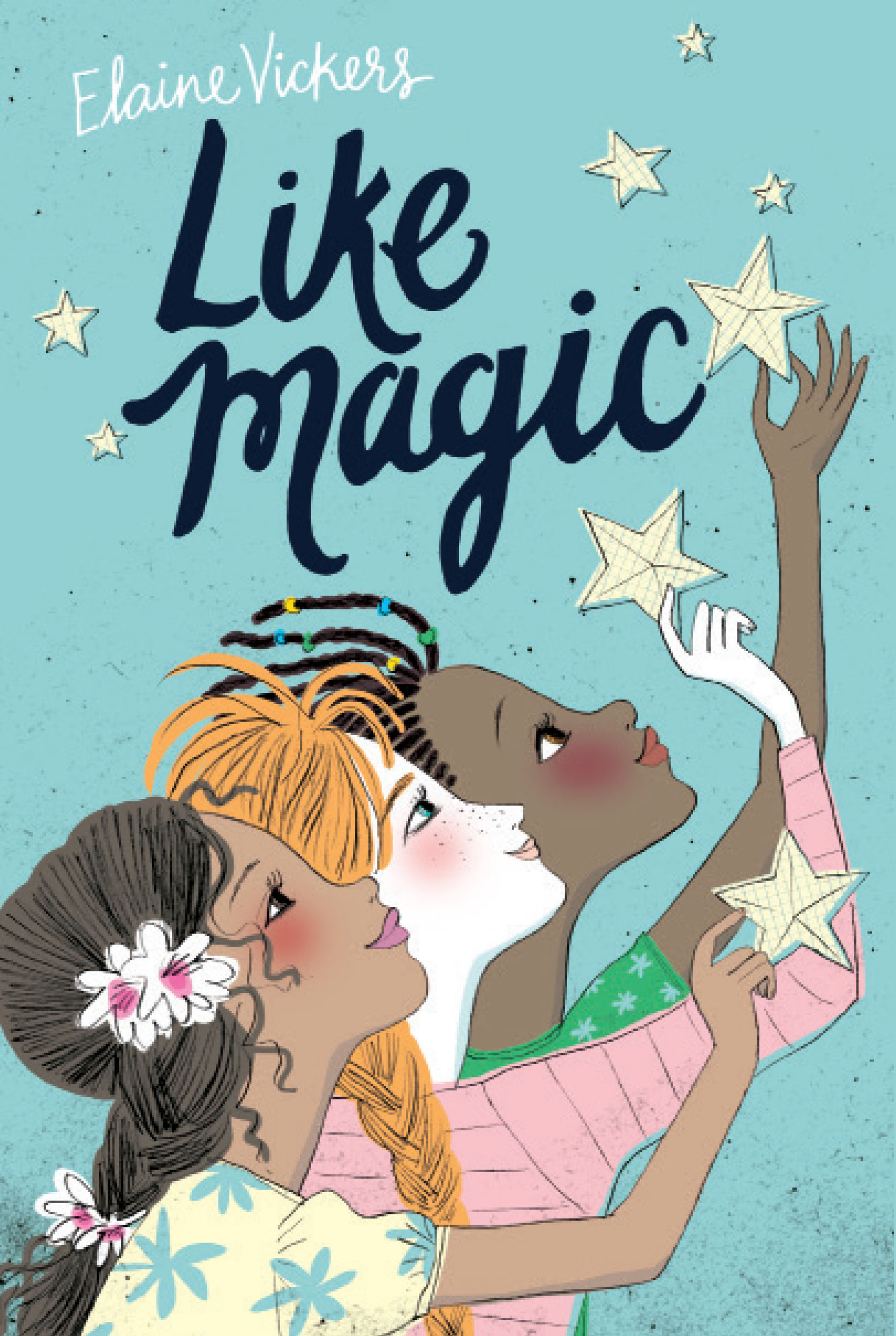
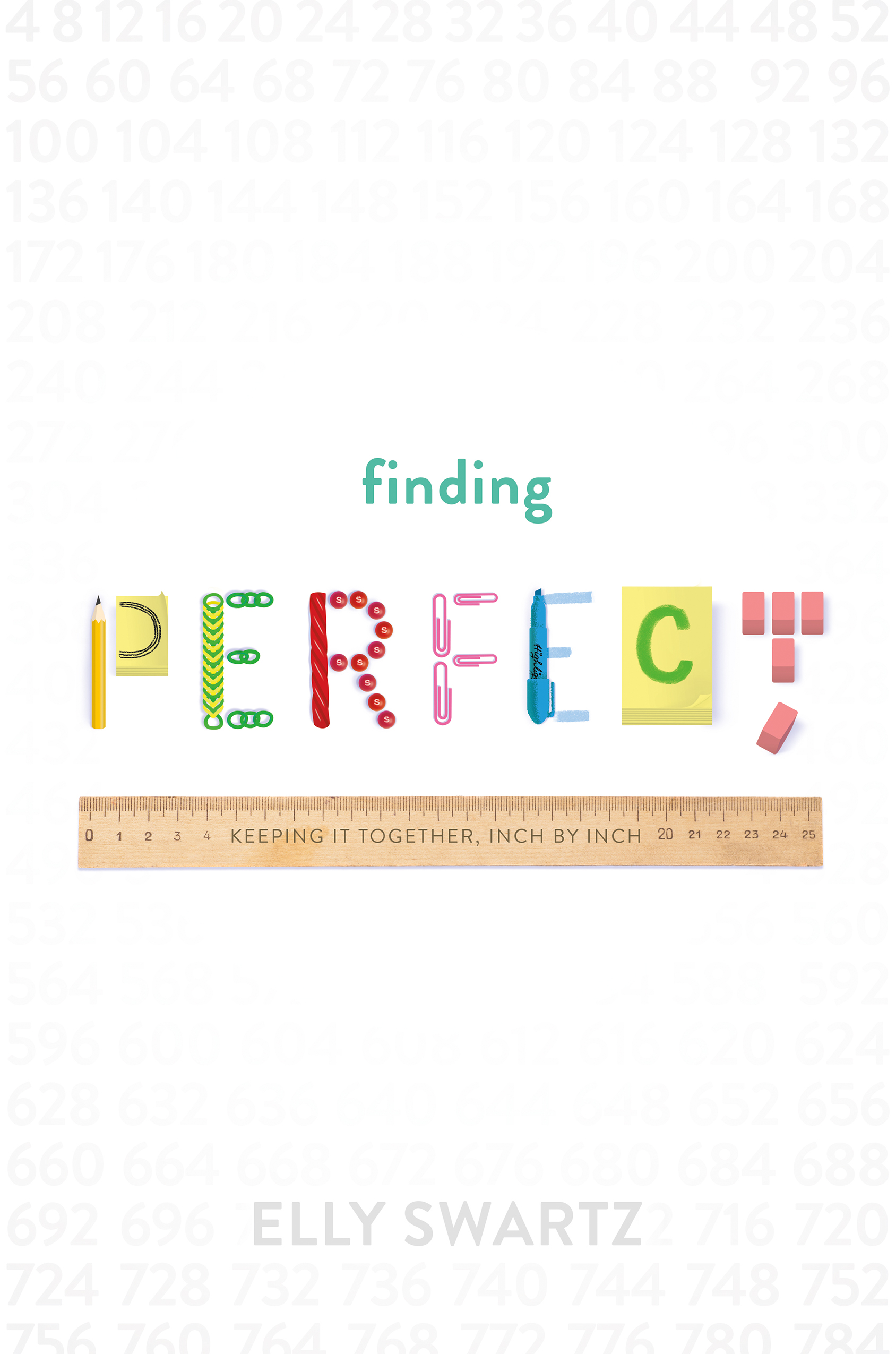
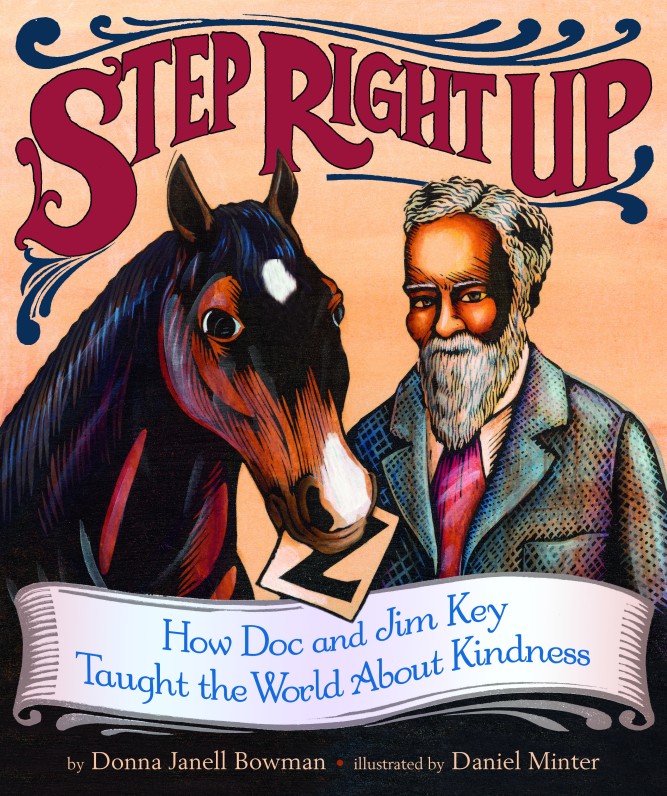
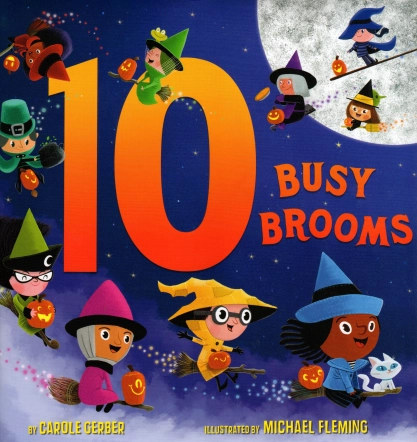

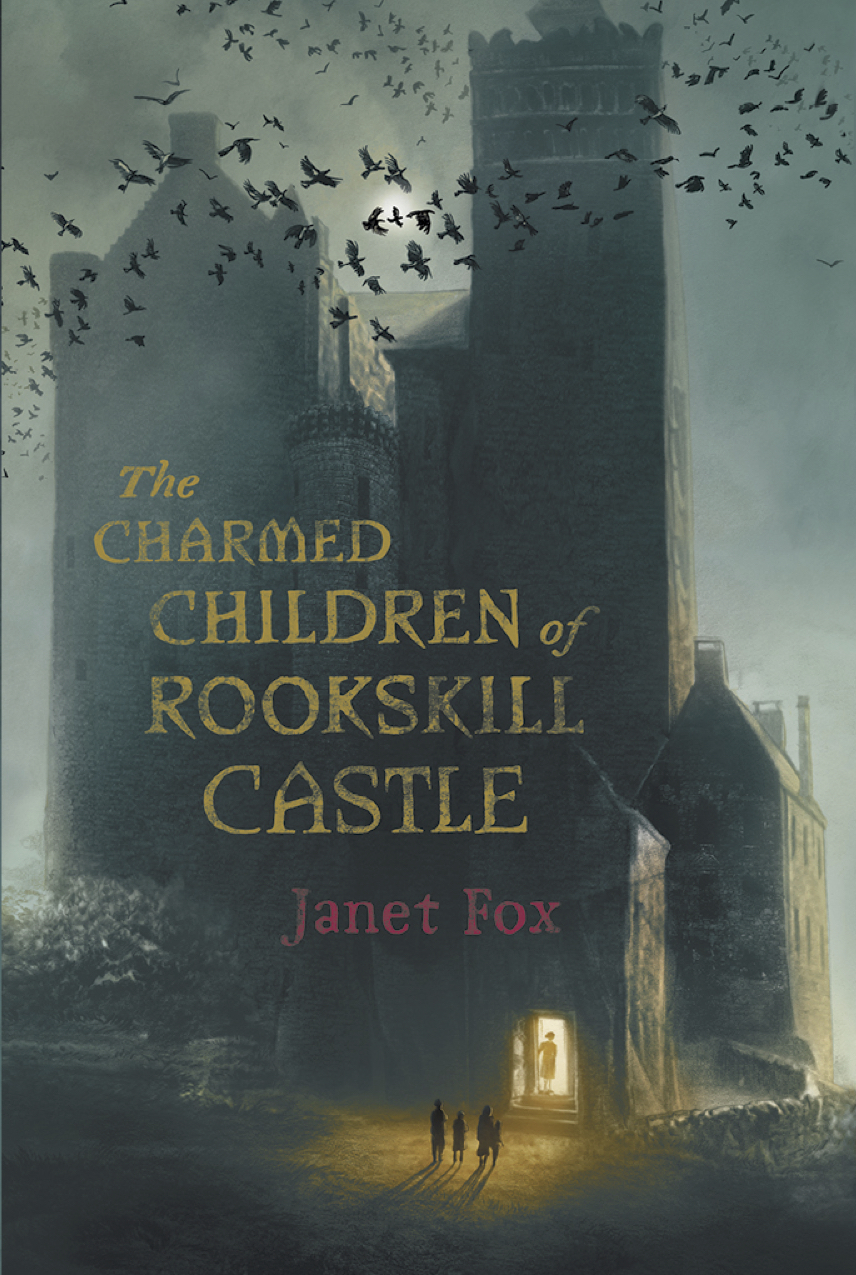
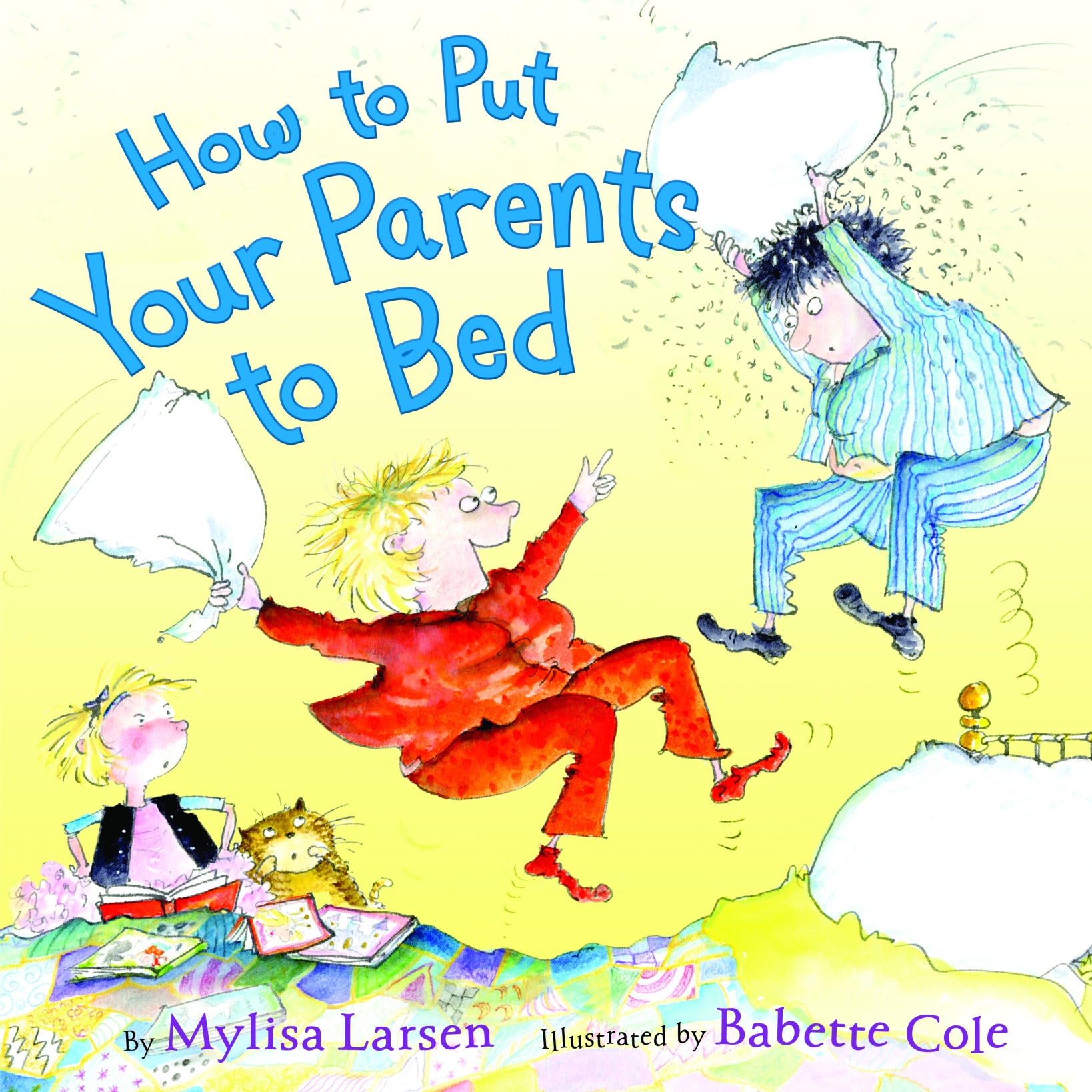



Ok, this has the feel of something that I, too, will be thinking about, chewing on for days. Thank you.
LikeLike
I have a very hard time following the bird in flight. I am so bad about feeling I need to edit as I go. But I like the idea of trying to follow the bird in flight. And your post aptly pointed out the benefit of doing this. Thanks!
LikeLike
Fantastic post, Megan. I get in my own way ALL THE TIME. (And not just with writing.) I’m eager to try the uncensored layer technique.
LikeLike
Megan, so very true these words. I am drafting now and I love the idea of following the bird in flight.
LikeLike
I too felt my heart flutter when I saw that phrase: follow the bird in flight. I LOVE it. Perfect timing for me. I am about to dive back into a mss that has had me going at molassas-speed, trying to figure out plot…probably way too much in advance… thank you for this, Megan!
LikeLike
Man, this was really eye-opening. I love how any type of art can be compared to another — every medium I’ve ever come across has multiple similarities. And it’s most common element is to create what YOU feel is needed in the world, however you choose to express it. I loved this, Megan!
LikeLike
Pingback: Following the Bird in Flight when it Comes to the Debut Author To-Do List | EMU's Debuts